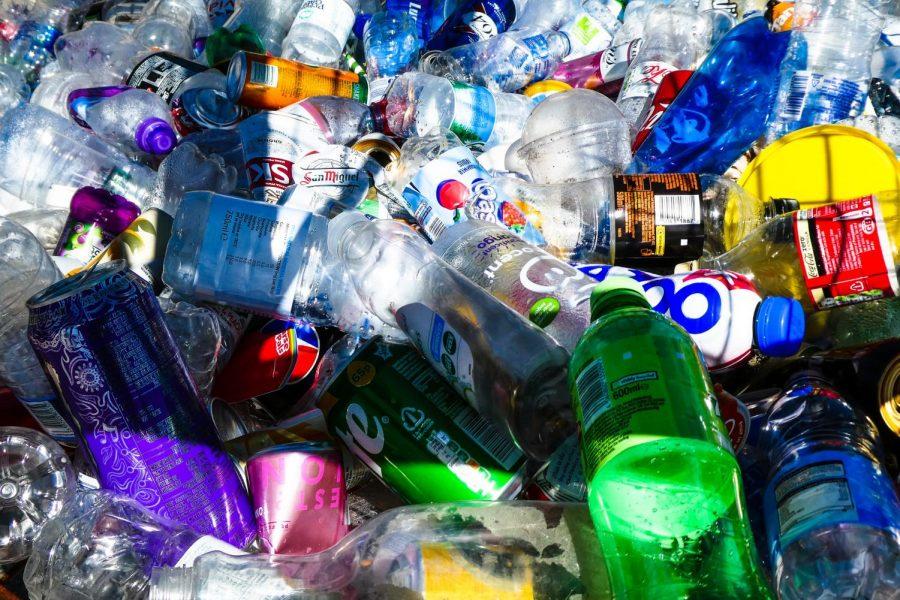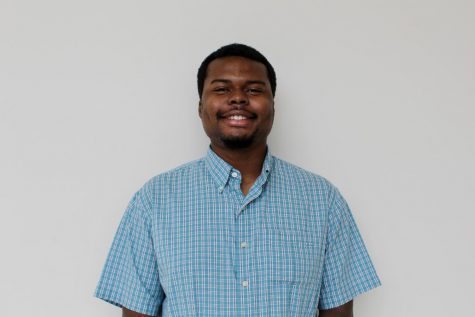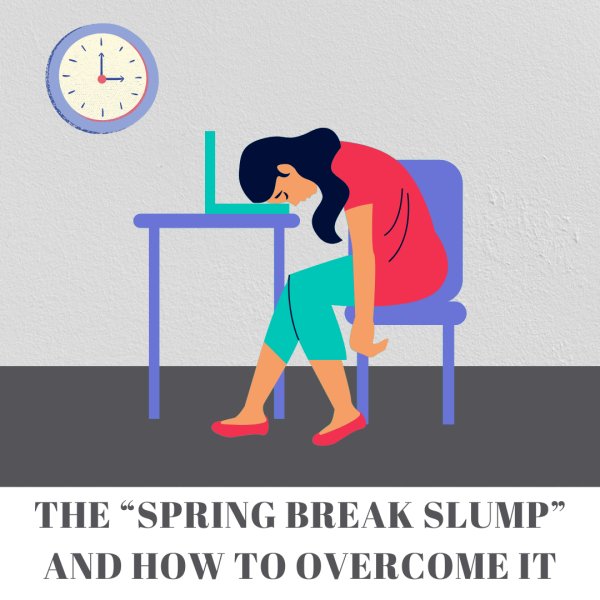“Let’s Talk About Plastic” Panel Recap
November 18, 2020
The Center for Sustainability held a virtual panel with recycling experts on Wednesday to educate the public on proper plastic management and how to reduce environmental waste.
The event featured three panelists with expertise in recycling and/or biological science. They were Jon Cook of Boro Recycling, Dr. Ashley Loren Mathews, a professor in the university’s biology department, and Kara Pochiro, a member of the Association of Plastic Recyclers.
To get things started, Pochiro explained the basics of the recycling process. People either put their recyclables into their curbside bins or they bring their bottles and bags back to stores to be reused. When recyclables are ready to be remade, they reach a facility where they are separated by material. Plastics are further divided by type. A certain number is assigned to each kind of plastic.
“The most common you probably know of is number one, that’s P.E.T. These are water bottles, soda bottles, and dishwashing detergent. Number two are called HDPE plastics. Those are laundry detergent, sometimes your shampoo and conditioner. Things like that,” said Pochiro.
She also explained that number five plastics, called polypropylene or “PP,” are found in yogurt and butter tubs and some shampoo and conditioner bottles.
At this point in the facilities, reclaimers purchase the bales of plastic, break them apart to remove contaminants, shred them, then make them into pellets that are sold to manufacturers, consumer brand companies to make new products. This is how we get recycled products like Dasani “plant bottles” that are made with up to thirty percent plastic.
Shortly afterwards, Dr. Loren Mathews explained the issue with microplastics, small particles of plastic that can contaminate the soil and bodies of water. She first discovered microplastics when testing water samples off the coast of Brunswick. “Micro” means pieces that are very small and invisible to the naked eye.
“If you think about your fingernail, one fingernail is about one millimeter thick, so a micro plastic is something smaller than five,” said Mathews.
She also explained that synthetic clothing uses plastic particles and abrasive microbeads show up in face wash. Indeed, microplastics appear in our lives rather often.
Mr. Cook then explained his work and view on sustainability.
“When we talk about sustainability what we’re trying to talk about is how we can take what we’re doing now and make a small impact so that it doesn’t continue impacting future generations,” said Cook.
He discourages wasting items simply because their usefulness has seemingly run out. Some recycled items still end up in landfills because they were overlooked or ignored in favor of new items. The mission of Boro recycling is to take old items and turn him into useful new items.
To solve some of our large manufacturing issues, Pochiro suggested a process known as “Extended Producer Responsibility.” One form of EPR is mandated recycled content where a law requires that companies include a certain amount of recycled materials in all of their products. Pochiro’s organization was able to get a bill for the method passed in California. New Jersey is also looking at a recycled content bill.
Dr. Mathews also proposed biological remediation in order to repair damaged habitats. This process involves increasing the spread of organisms that can filter their environment and remove toxins. She mentioned fungi as good candidates for plastic removal because they feed by absorbing tiny particles of larger material. They, along with certain species of bacteria, could help break down plastics in the soil and waterways.
The rest of the talk, the panelists answered questions that the dozen or so attendees had. Every response was very informative.













